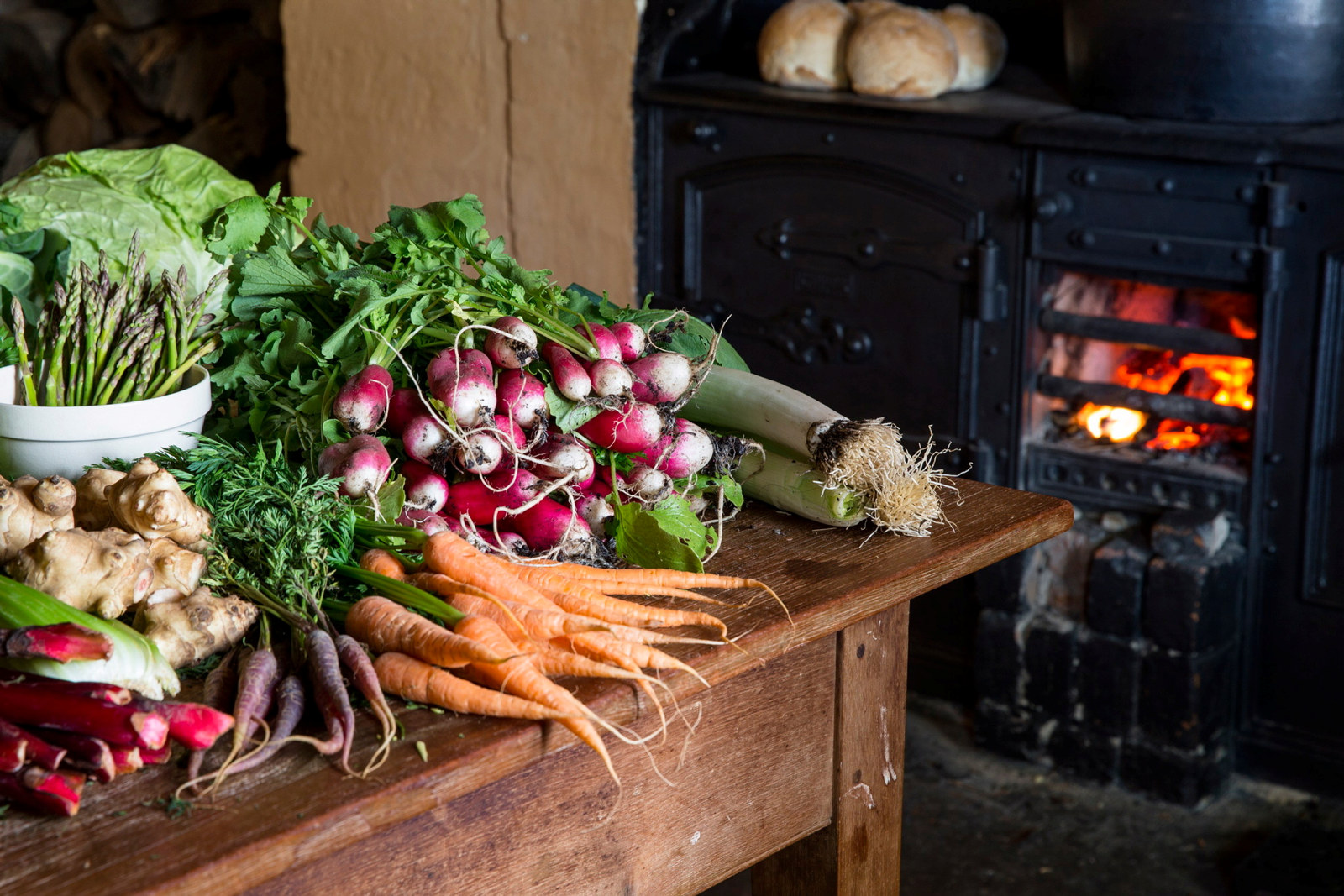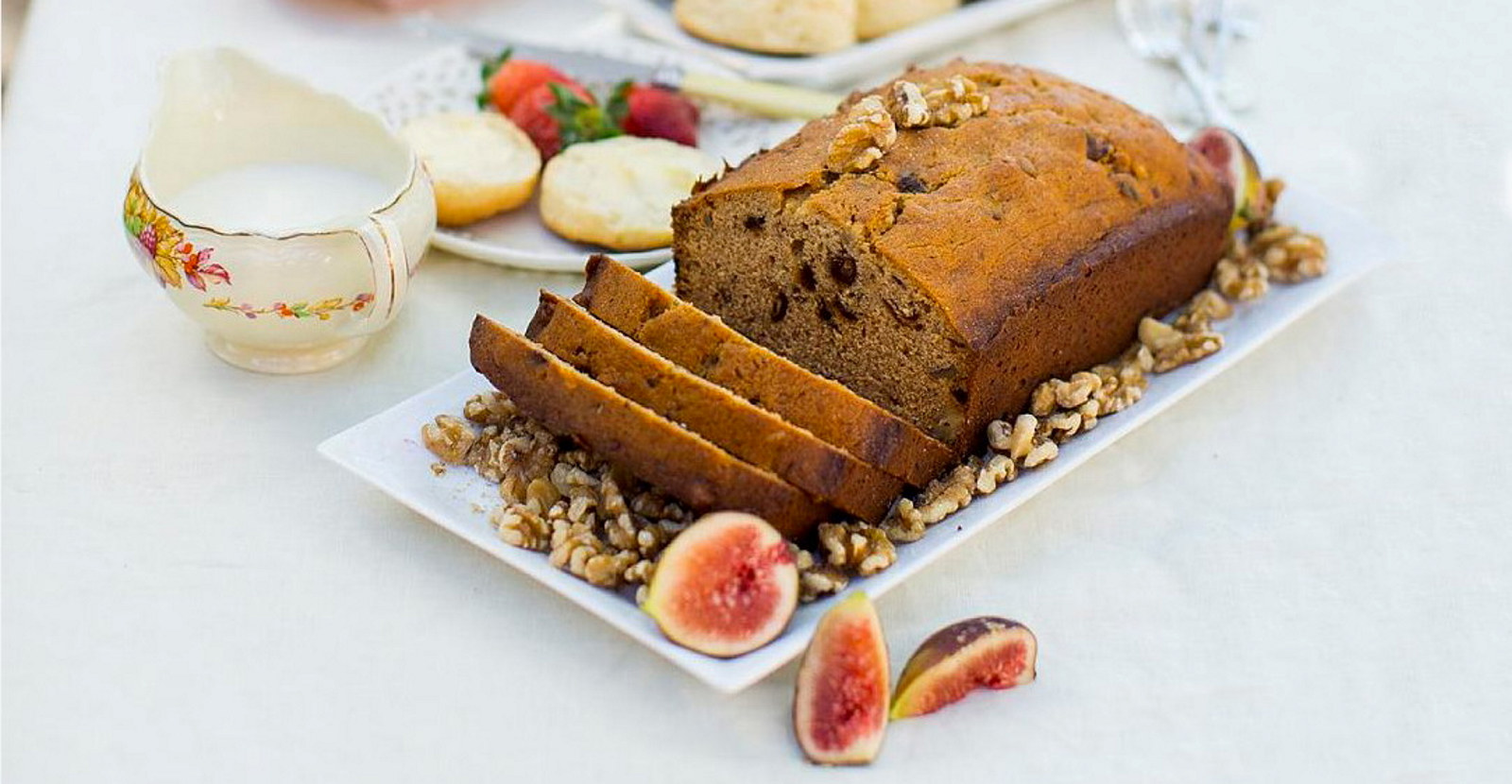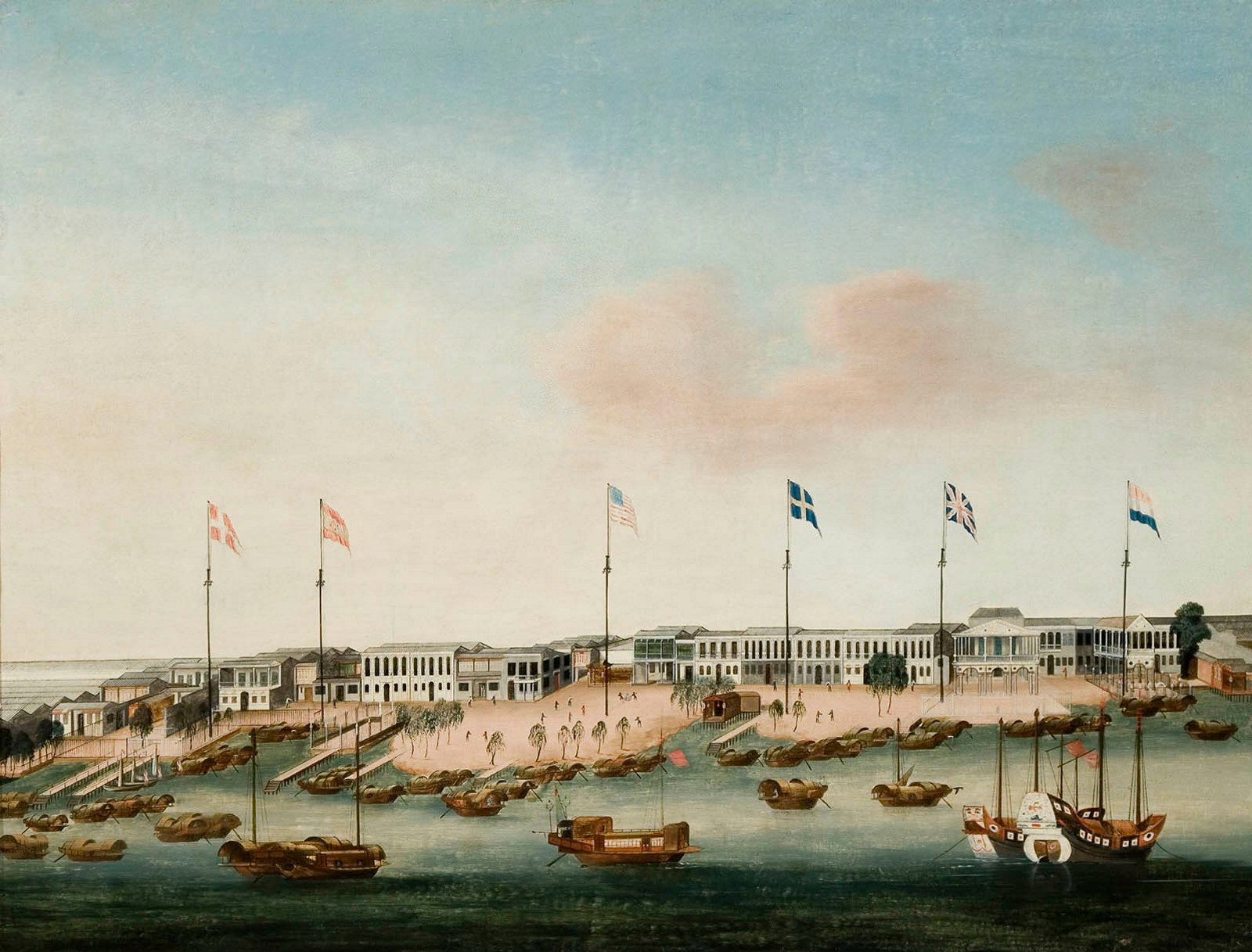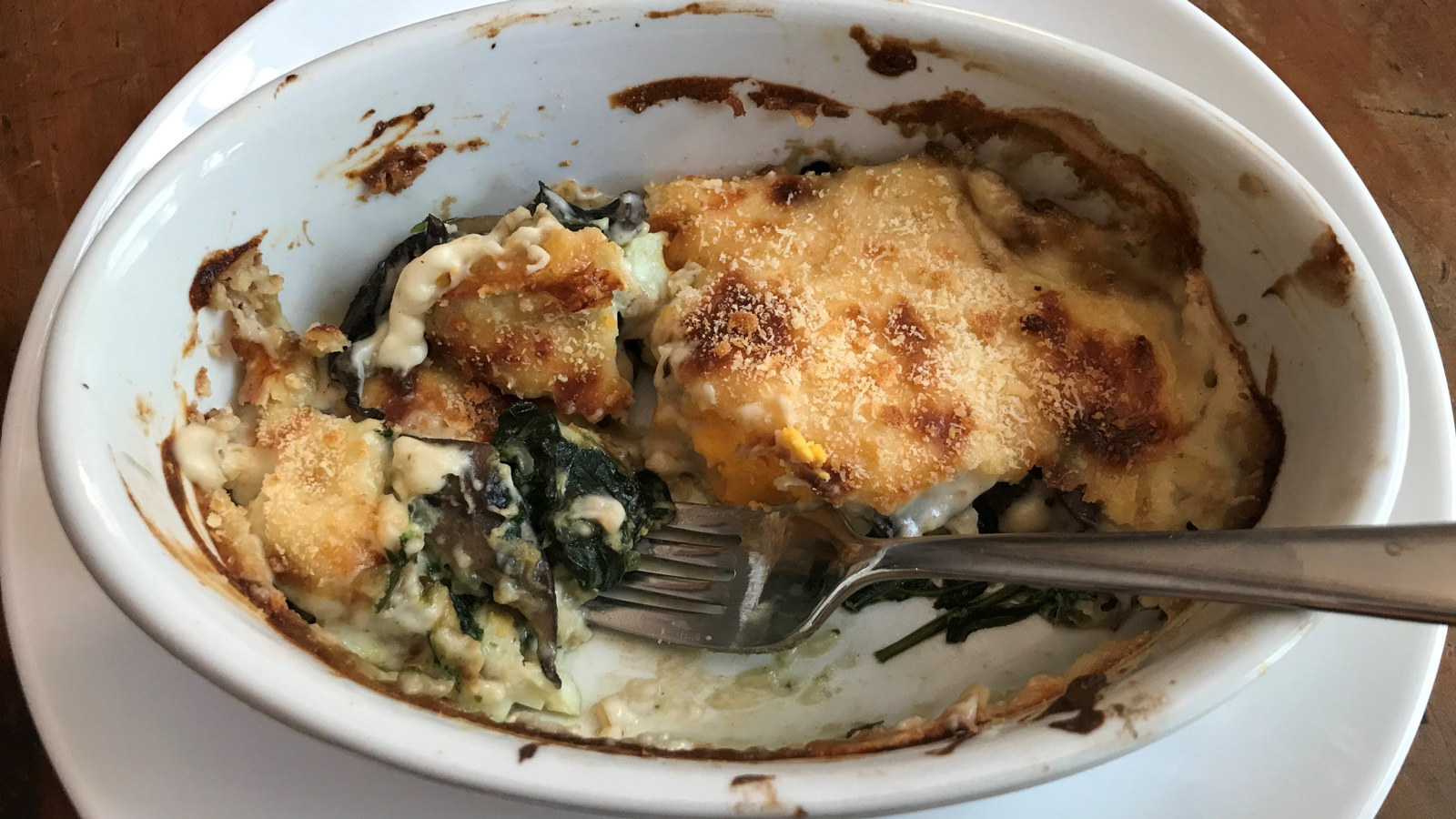On the Macarthurs' menu at Elizabeth Farm
At Australia’s oldest homestead, you can visit the 1820s kitchen and the gracious dining room to get an idea of what was on the Macarthur’s table.
Elizabeth Macarthur herself has left records of the food the family enjoyed, in letters which wax lyrical about their productive garden, their livestock, and local game which was hunted in the early years around their estate at Parramatta.
In our own Garden, which is large we have Oranges, Lemons, Olives, Almonds, Grapes, Peaches, Apricots, Nectarines, Medlars, Pears, Apples, Raspberries, Strawberries, Walnuts, Cherries, Plums. These fruits you know. Then we have the Loquat a Chinese Fruit, The Citron, the Shaddock, the Pomegranate, and perhaps others that I may have forgotten to enumerate, such as the Cherry, and Guava. We have an abundance, even to profusion, in so much that our pigs are fed Peaches, Apricots & Melons in the Season. Oranges and Lemons we have the whole year round, yet there is a particular Season from May to August (our winter) when the Trees yield a regular crop. I have, I perceive, omitted to mention the Fig of which we have many varieties and an abundance. [1]
Despite having a flock of 1000 sheep in 1798, the Macarthurs’ table at Elizabeth Farm was furnished with native game:
Our stock of cattle is large; we now have 50 head, a dozen horses, and about a thousand sheep. You may conclude from this that we kill mutton, but hitherto we have not been so extravagant. Next year, Mr Macarthur tells me, we may begin. [2]
Prudently, Macarthur’s eye was on the sheep’s wool rather than its meat having a place on the table. Olives and wine grapes were also in Macarthur’s sights as having commercial potential, and one of the features of the garden at Elizabeth Farm is Australia’s oldest olive tree, planted in the 1820s.
Cattle were expensive, and cows valuable for their milk, so even for the relatively well-to-do Macarthurs, beef would have been a rarity. But the family welcomed local flavours,
With the assistance of one Man and half-a-dozen greyhounds, which I keep, my table is constantly supplied with Wild Ducks or Kangaroos – averaging one week with another, these dogs do not kill less than three hundred pounds [140 kilograms] weight.[3]
They also bred pigs to make hams and bacon which were smoked in a smokehouse built on the property, and to salt down for their convict labourers and servants’ rations.
Buy the book

On the Macarthurs' menu at Elizabeth Farm
At Australia’s oldest homestead, you can visit the 1820s kitchen and the gracious dining room to get an idea of what was on the Macarthur’s table
Published on
Related
Browse all
A manuscript cookbook from Meroogal
Cooking was an integral part of the rhythm of life for the family at Meroogal, near Nowra on the south coast of New South Wales

Bischofsbrot (Bishop’s Bread)
Studded with colourful glacé fruits, Bischofsbrot, or Bishop’s bread, is an egg-rich, sweetened loaf popular in northern Europe

Eastern influences on colonial dining
Two intricately painted and monogrammed china plates that were once part of a large dessert service made for the table of John and Elizabeth Macarthur, are testimony to an adventurous spirit in early colonial Sydney

Cook & Curator
Eier auf Florentiner Art (Eggs Florentine)
This classic recipe is simple to make yet rich and flavoursome. Perfect for a weekend brunch or a light supper
